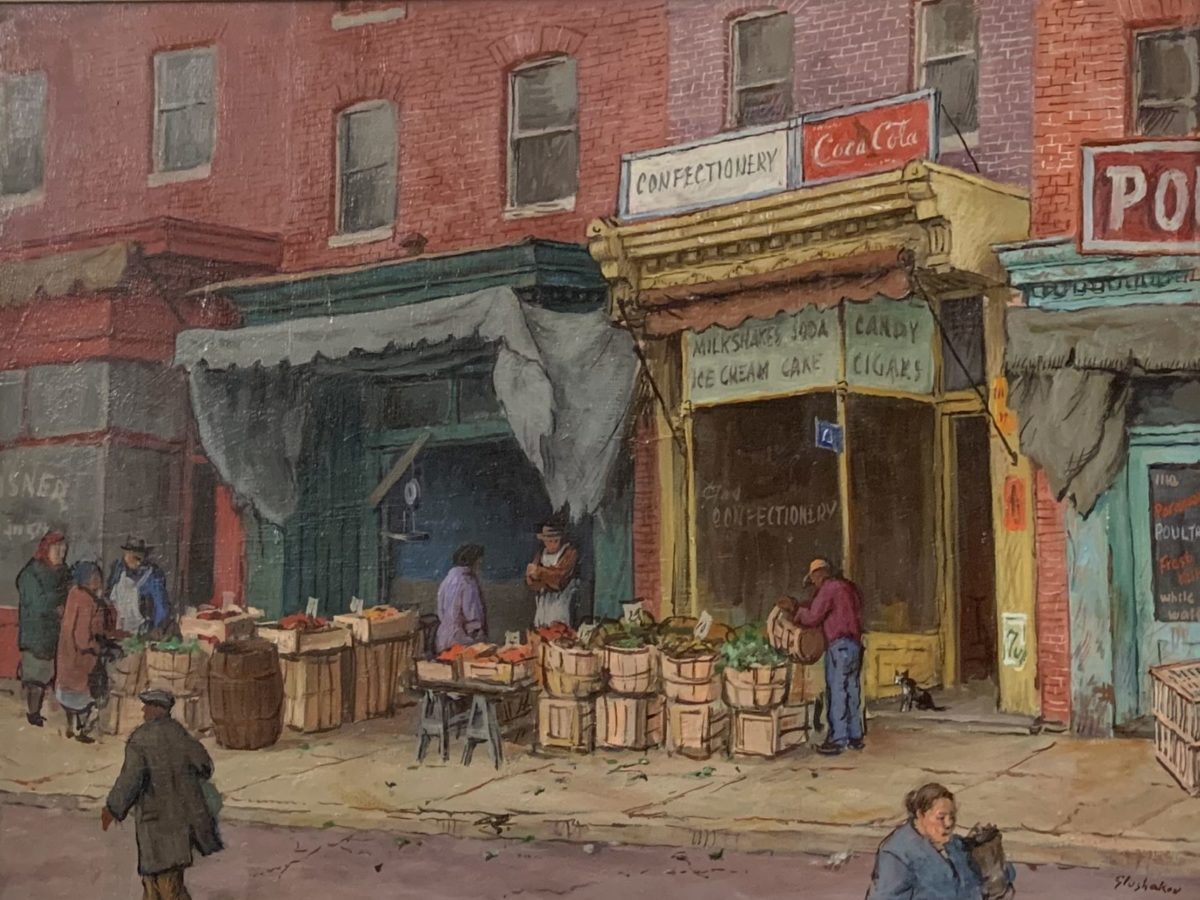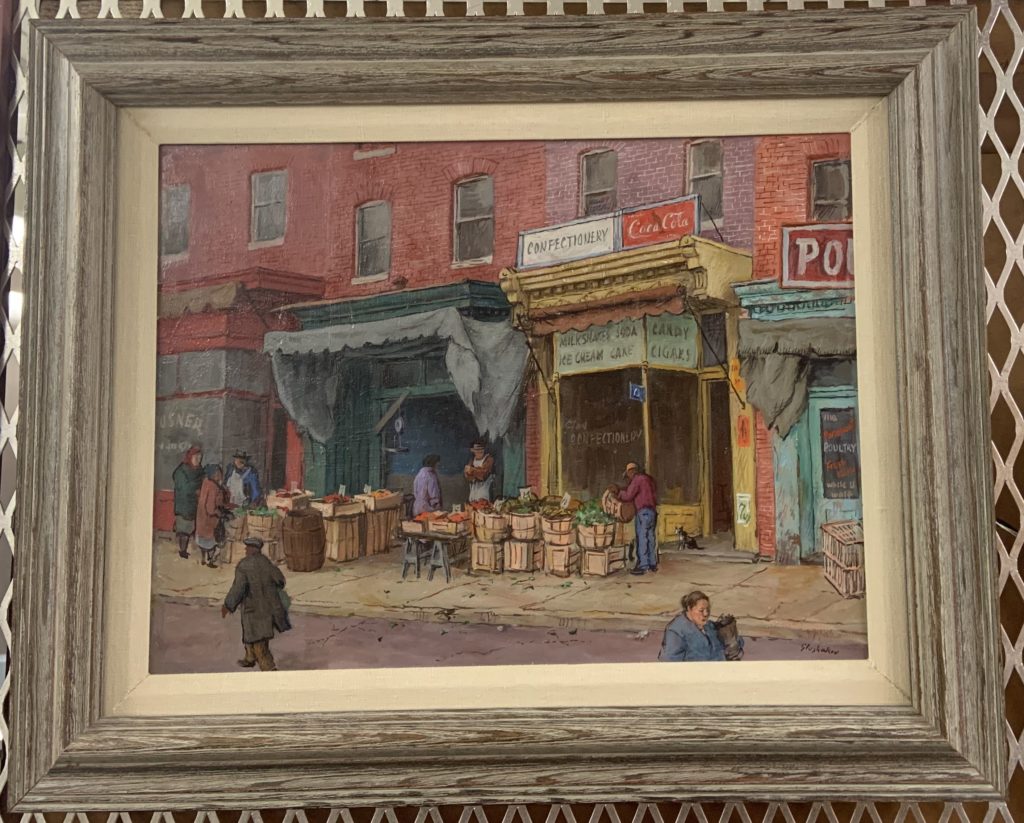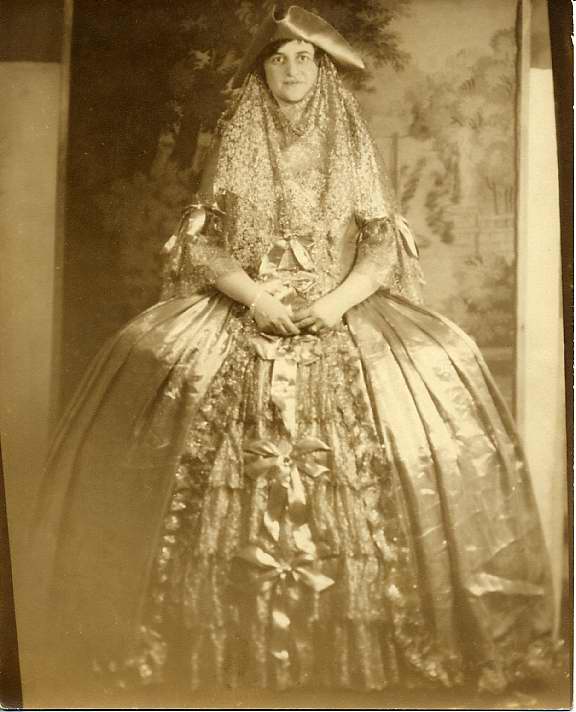Moving Forward

Rafael Wirtschafter is interning (remotely) with Development and Marketing Manager Rachel Kassman. He will be blogging for JMM once a week and sharing his research and progress throughout the spring semester. To read past posts from JMM interns, click here.

I am going to be making some changes to the blog. They will be big changes, as I do not see a sustainable way forward with Epstein alone. However, as a brief update, I found in the archives, under a surprising picture of his daughter, a note that “Through Epstein’s influence, Jewish peddlers and shopkeepers settle throughout the South, establishing a strong retail presence and numerous small communities,” thus confirming my family story. It is only fair that I show you the picture, taken between 1930 and 1940, of Marian Epstein Lansburgh:

Ok, now back to the changes. There are three ways I can imagine the blog changing. The least drastic change would be to expand my research past Epstein and move to a wider look at Jews in the Baltimore art, collection, and museum world in the 20th century.
This might include continued research on Epstein but I would also cover artists like Jacob Glushakow, Amalie Rothschild, her daughter, Amalie R. Rothschild, and collectors like the Cone sisters. Obituaries like that of Glushakow in the Baltimore Sun and books like The Art of Acquiring: A Portrait of the Cone Sisters, Matisse’s True Discoverers by Mary Gabriel will likely be instructive. I am curious to see if the other museums in Maryland have Jewish founding donors. I would definitely write about Gertrude Stein’s time in Baltimore, even if she started her career after she left.
An alternative model for the blog is to switch over to contemporary collecting initiatives, in which museums try to get objects, photos, documents, videos, and testimonies about a historical event currently or recently occurring.
Here’s a past example of an event I’m sure the reader will remember. In 2015, Baltimoreans took to the streets for justice for Freddie Gray, a Black man who had died at the hands of police. Soon after the protests started, the Smithsonian’s National Museum of African American History and Culture began an initiative to collect artifacts and archival materials of the Black Lives Matter Movement.
In 2018, museums around the world honored the 50th anniversary of 1968 by exhibiting artifacts from that tumultuous year. It is easy to see the need to document and collect objects from 2020 and the COVID-19 pandemic. However, this is difficult. People aren’t (supposed to be) going outside and meeting with each other to hand off objects and any objects collected could be biohazards. Culture is more online than usual and that leaves less of a physical trace. How does one collect Zoom? Museums are trying to answer these questions so that we have something to show in museums in 2070.
If I choose to cover contemporary collection initiatives, I would look at previous initiatives as well as current ones and I would share what I learn about some of the difficulties involved in collecting, especially in a pandemic. One source on this will be the webinar “Digital Collecting from Bushfires to a Pandemic and Going Viral: collecting social media” from the MuseumNext summit. Another will be the article “What are COVID archivists keeping for tomorrow’s historians?” in Nature.
A third possibility would be to look at how different museums and collections use Instagram, and perhaps how Instagram is changing museums. I can look at the Instagram accounts of various museums and write about how they use them while also talking about ideas like crowdsourced digital born collections or how museums are trying to get visitors to use Instagram in various ways.
The MuseumNext panel on crowdsourced digital born collections and the article “Is Instagram culture a positive influence for museums?” on MuseumNext will help me understand those subjects. As I already run a growing educational platform on Instagram (along with my personal account, the museum account, and, coming soon, an account for the Center of Israel Studies at AU), this topic is a natural fit for me.
